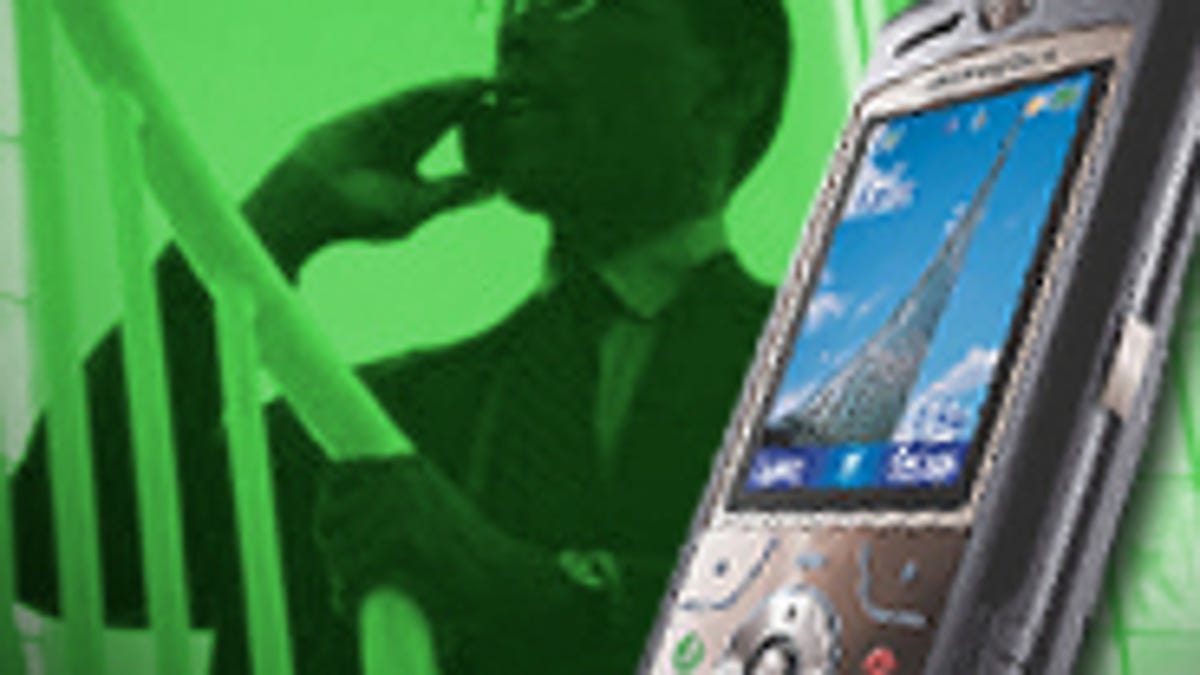Cell phone subsidies claimed by many who can't prove eligibility
A government program offering cheap wireless service to low-income households has benefited millions who may not be eligible, says The Wall Street Journal.

A hefty chunk of taxpayer dollars spent by the government on mobile phone service for low-income Americans may have been wasted.
A federal program called Lifeline provides hefty discounts on mobile phone service to qualifying low-income households. The goal is to ensure that they can connect with families, employers, and emergency services.
How many of those households should actually have been receiving the discount?
Last year, the Federal Communications Commission started forcing mobile carriers to confirm the eligibility of their Lifelife subscribers. The agency figured that around 15 percent of users would be determined ineligible, but the tighter rules discovered a lot more than that.
A review of the program by The Wall Street Journal found that 41 percent of the 6 million people who benefited from Lifeline were unable to prove their eligibility or failed to answer requests for verification from their carrier.
In total, the government spent about $2.2 billion on Lifeline last year.
Mobile phone subscribers pay around $2.50 per household to fund Lifeline and other subsidized programs. That money is used to pay carriers $9.25 per customer each month to deliver free or cheap mobile service, according to the Journal. Funding for Lifeline has risen over the years as more carriers have jumped onto the bandwagon.
But holes in the program seemed to have led to its abuse.
Until recently, subscribers didn't have to offer any proof of their income level. They could continue with the program without having to periodically verify their eligibilty. And no checks were made to see how many people in a household were taking advantage of Lifeline.
The findings from the program appear to have taught the FCC a lesson.
As a result of the Lifeline Reform Order adopted on January 31, 2012, Lifeline subscribers must now show documentation about their income. Carriers have to recertify them every year. And subscribers must confirm that no one else in their household is using Lifeline.
Are the new rules making a difference? So far, yes.
The FCC's Lifeline Year-End Savings Report showed that more than $213 million was saved last year as a result of the reforms. And the agency is projecting even greater savings this year and next.

